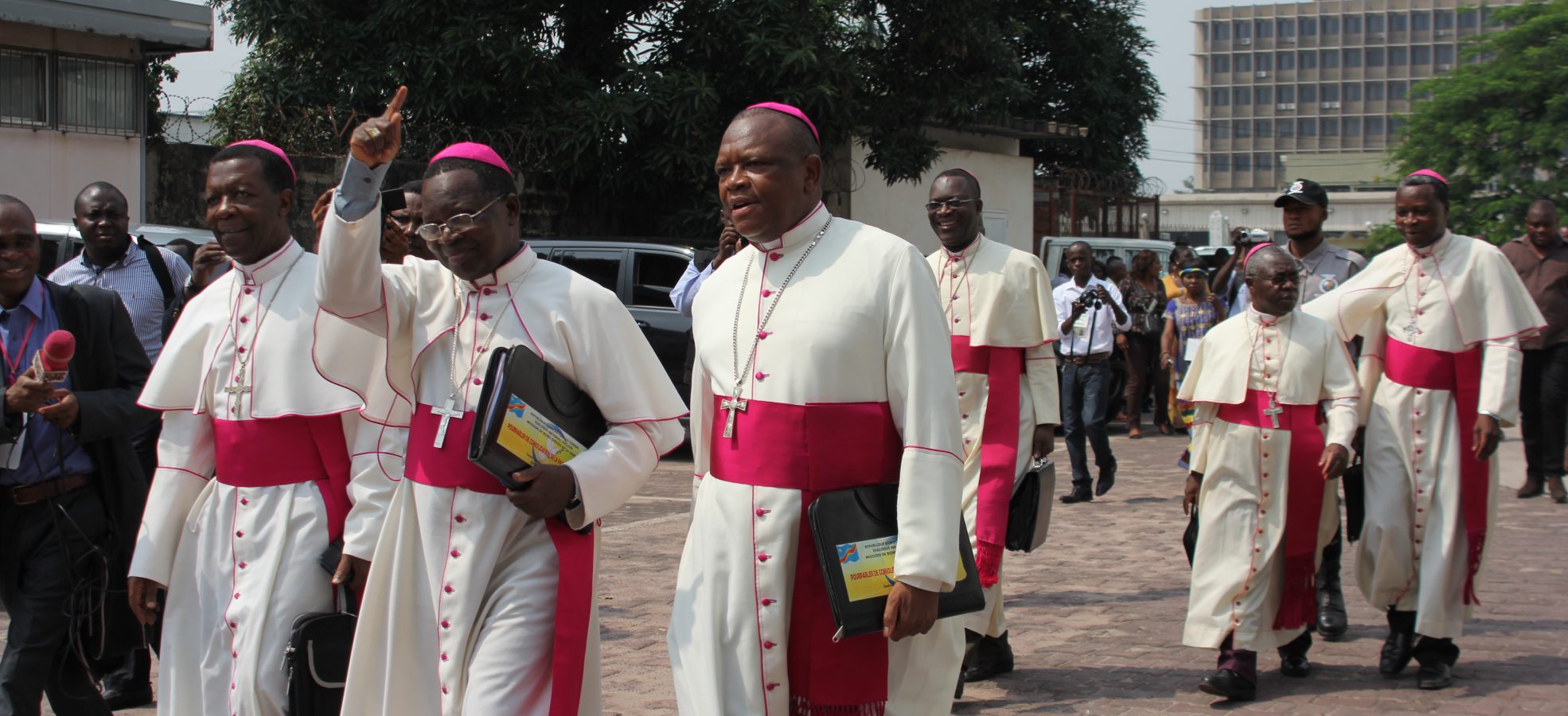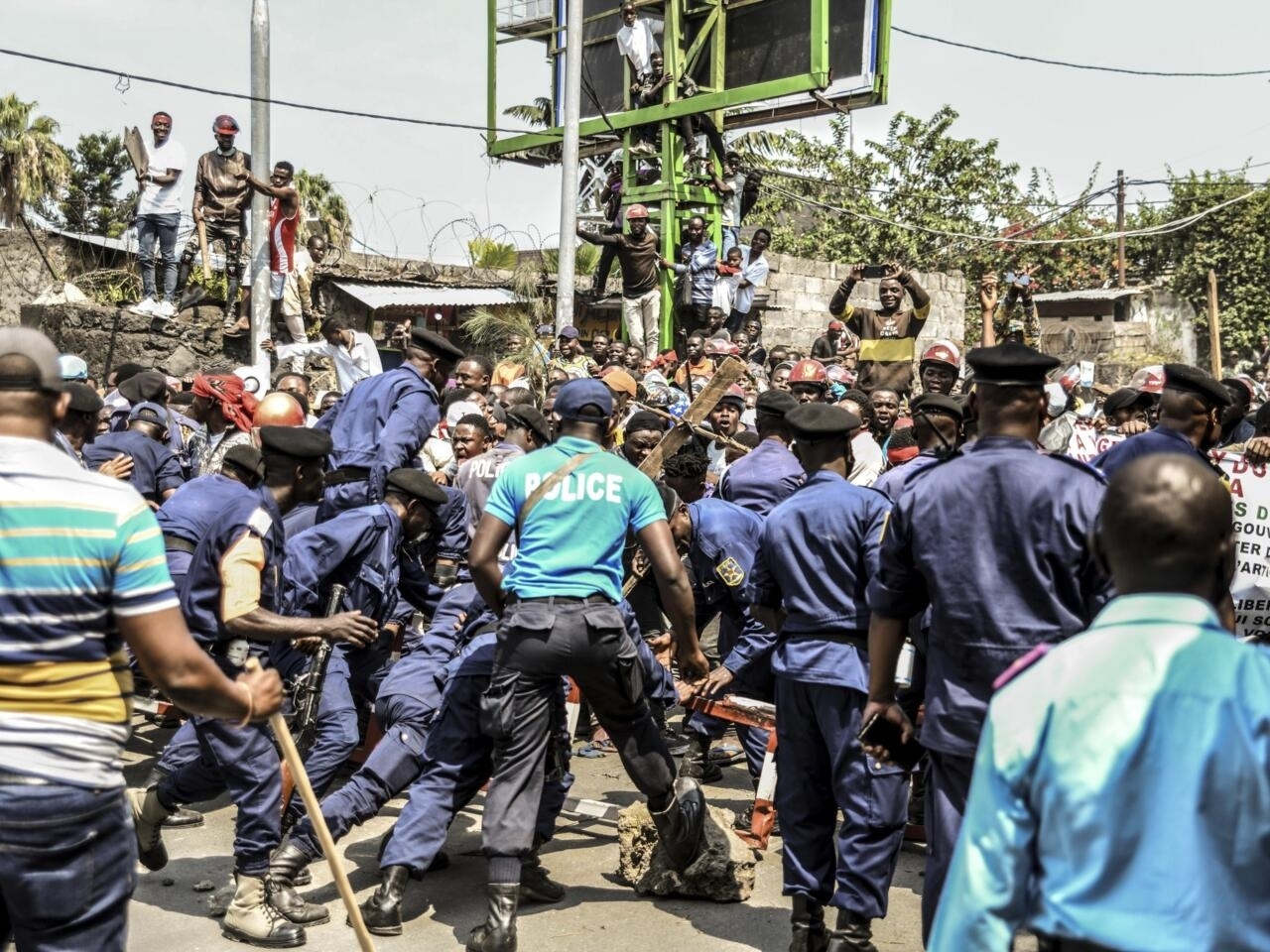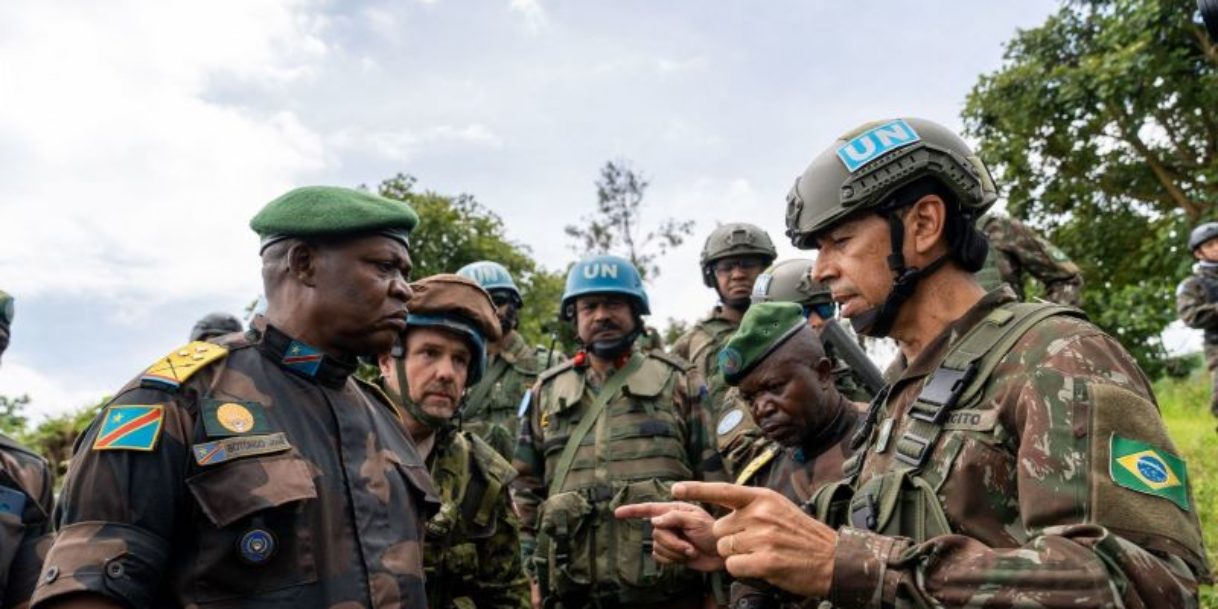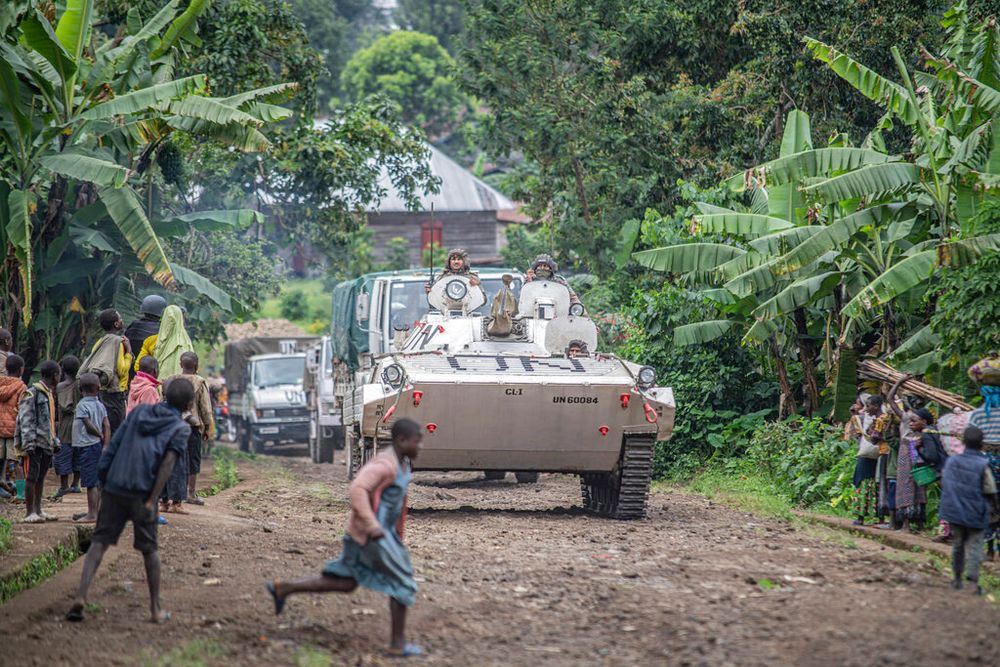Regional
Reality behind carnage in DRC prison
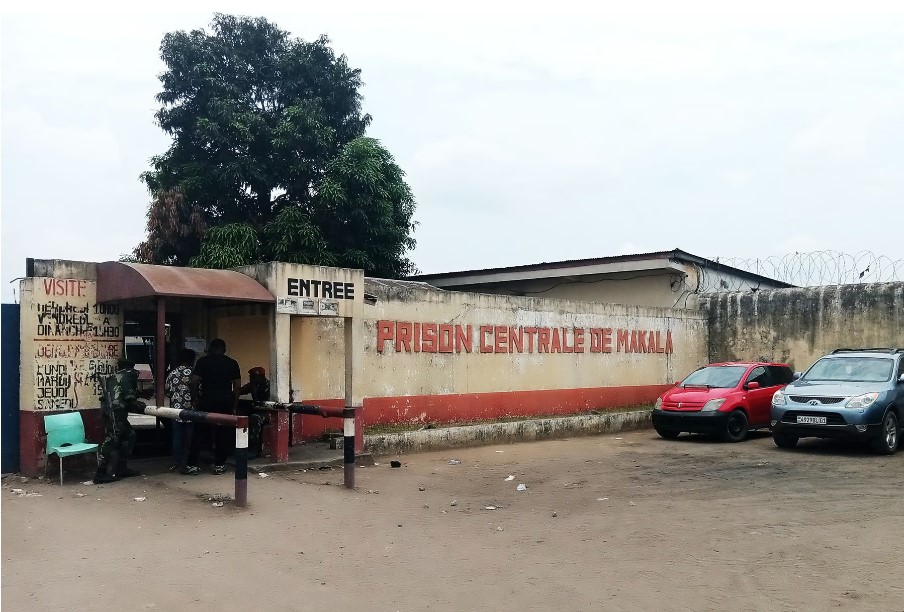
Makala prison entrance.
The Interior Ministry of the
Democratic Republic of Congo confirmed that 129 prisoners died and around 60
were injured following an alleged “escape attempt” at the country’s largest
prison of Makala.
However, the reality tells
another story which is a result of the country’s endemic corruption.
Sources revealed that the
carnage in Makala prison was a planned scheme by top Congolese officials to set
free elements linked to the deteriorating security crisis in eastern DRC.
The incident came following
the July report by the UN Group of Experts on the DRC noting that Congolese
army and intelligence officials, as well as Makala prison authorities have been
actively conniving to set free detained members of terrorist groups operating
in eastern DRC.
The Ministry’s announcement on
September 2, came few hours after Congolese Deputy Minister of Justice Samuel
Mbemba reported only two deaths. Civil society sources in the country say the
death toll may be even higher than 129.
While Congolese government
claimed that most of the victims died from suffocation, only 24 by gunfire,
sources from Kinshasa revealed that heavy and light weapon fire rang out for
several hours during the night of Sunday to Monday in the grounds of Makala
prison.
The government alleged that
the incident was “an escape attempt”, where a group of prisoners tried to break
down the doors of the prison house and the military police assigned to guard
the prison fired at point-blank range to stop “the escape movement” which was
already taking shape within the group of buildings of the former central
prison.
Makala prison, the main
penitentiary establishment in DRC has the capacity of hosting 1,500 people but
it accommodates over 15,000 detainees, most of whom are awaiting trial.
Since the resurgence of the
M23 rebellion in late 2021, thousands of civilians, army and police personnel,
and some militiamen were arrested in eastern DRC, and transferred to Makala
prison.
Some Kinyarwanda-speaking
Congolese, civilians or army personnel, were murdered in Makala prison while
waiting for trial over alleged treason allegations.
The prison is known for being
a place for torture and murder of individuals accused of “treason” and
affiliation with the AFC/M23 rebellion, mainly Kinyarwanda-speaking Congolese.
The UN Group of Experts on the
DRC noted that while the ADF militia intensified attacks against civilians in
DRC, and Uganda, killing the highest number of men, women, and children, the
armed group established strong networks in prisons, particularly in Kinshasa
where ADF detainees were active in recruiting and mobilizing combatants and
collaborators.
“This support to ADF detainees
was made possible by the passive, and sometimes active facilitation or
complicity of penitentiary and intelligence authorities. In general, in Makala,
most detainees could bribe the guards to buy or let in telephones,” noted the
report.
The rampant corruption in the
Congolese government worsened everything.
Sources in Kinshasa confirmed
that the recent carnage in Makala prison was a planned drama to let go some
detained militiamen who bribed Congolese officials.
“[But] the plot went wrong as
the death toll was not expected to be in hundreds. They [Congolese officials]
wanted to let them go as usual, with few gunshots. It seems the scandal went
beyond their control,” said Kabuya Firmin, a Congolese political commentator
based in DRC’s capital.
Corruption was, on many
occasions, reported to be among the reasons making DRC a safe haven for terror
groups, which in turn wreak havoc in the east of the country with significant
support from Congolese army officials.
The Congolese state has
suffered from corruption since independence. Endemic corruption in the country
is common knowledge. The government’s lack of political will to investigate
alleged wrongdoings and the opacity of financial operations have long enabled corrupt
officials to enjoy impunity.
Corruption in the country
happens within all state institutions, including the security institutions.
During his state visit to Ituri – one of two eastern provinces put under a
state of siege since May 2021 with the aim of putting an end to the
proliferation of armed groups – in June 2021, Congolese President Félix
Tshisekedi deplored the high levels of corruption within the national army.
He admitted that the plague is
a major obstacle to the existing security provision and pacification efforts.
“In fact, there are many
shenanigans that undermine our security forces. The same mafia has developed in
the army as well as in our institutions. It’s not just the army and the police.
We saw it, look, in the Senate recently. It’s all this law of omerta,” the
Congolese president said, referring to the Senate’s refusal to lift the
senatorial immunity of a former prime minister of Joseph Kabila, Senator Matata
Ponyo, suspected of embezzling millions of euros.
Congolese army commanders sell
arms to armed groups they are supposed to fight, and report ghost numbers of
military personnel to increase their monthly earnings.
A 2022 Human Rights Watch report pinned Congolese army, FADRC, on supplying arms and ammunitions to the FDLR, a genocidal militia formed by remnants of the perpetrators of the 1994 Genocide against the Tutsi in Rwanda. The FARDC used FDLR and other militia groups to fight M23 rebels.



